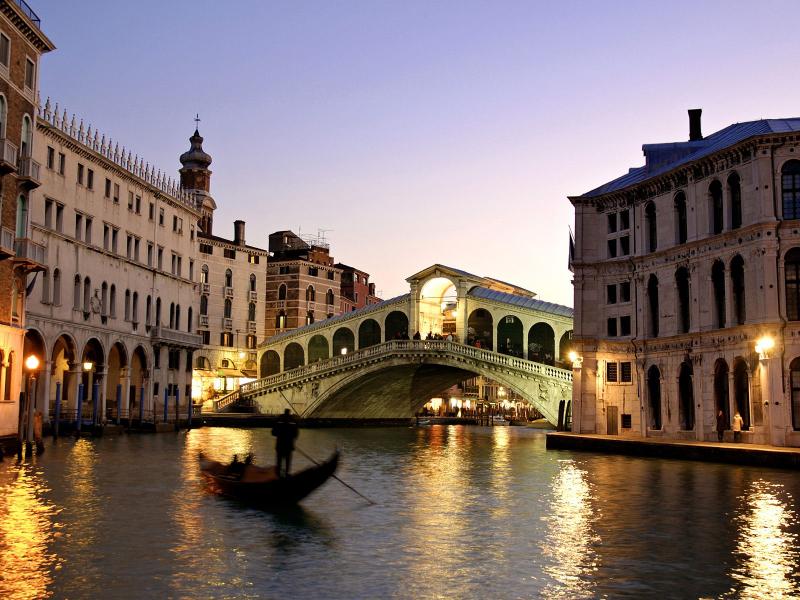
Eat Like the Italians
Much of Italy’s cuisine stems from not only its heritage in Italian tradition, but also in the seasonal availability of local ingredients in Italy. The innovation of fresh, local ingredients cooked with an array of herbs and flavours make traditional Italian food incredibly healthy and beneficial to your wellbeing. The combination of olive oil, seafood and seasonal vegetables has long since been the open secret behind the beautiful skin and long lifespan of the typical Italian.
Although one might typically associate Italian food with simple pastas and pizzas, the showcase surrounding each meal ensures meals are enjoyed slowly and savoured for their balance of tastes. Also, the simplicity of the ingredients which go into Italian cooking enhances the health benefits of traditionally prepared Italian food; between four and eight ingredients go into Italian recipes, which are chosen for their fullness of flavour and decrease the need for unhealthy additives and artificial flavourings.
Conventionally, Northern Italian cuisine differs greatly from typical Italian food. North Italy has a strong preference for dairy products such as cheese, with unsalted butter taking prominence over olive oil whilst cooking. Rice and polenta likewise prevail over pasta as the carb staple of the northern Italian diet, which is shown through the region’s love of rice dishes such as risottos and soups containing the carbohydrate. Meat is also eaten in abundance in the mountainous northern Italy, with the country’s most famous meat product, prosciutto di Parma, created in Emilia.
Central Italy is home to some of the most iconic cuisine associated with the country’s culture; balsamic vinegar, Parma ham and Parmesan cheese all descend from the central region. Tuscany is perhaps the epicentre of Italy’s wine region, with its native grape Sangiovese featuring in iconic Italian reds such as Brunello, Chianti and Montepulciano. Also hailing from Central Italy is the Umbrian Orvieto wine, made from the locally grown Trebbiano grape, which is paired with Percorino cheese. Pastas such as gigli, chitarra and lasagne are popular in Central Italy and are often topped with black truffle or rich tomato sauces.
The cuisine of the south is the most stereotypically Italian food; olive oil drizzled over fish as it is fried before being thrown over fresh pasta coated in rich tangy tomato sauces. Campagnia in southern Italy is famed for being the birthplace of pizza, mozzarella cheese and macaroni pasta, some of the foods most typically associated with Italian gastronomy. Pasta features heavily in Southern meals, with at least one of the courses served during dinner classically being some variation of pasta dish. Habitually cooked without the use of eggs, pastas such as rimacinato, Lagane, spaghetti, troccoli, penne and fusilli all form staples in the southern Italian regimen.
The formal Italian dinner consists of four courses: the antipasto, primo, secondo and dolce. The antipasto is a light selection of either hot or cold appetizers, such as local cold cuts of meat and fresh olives, and is generally selected for its range of textures and flavours. The primo is typically the main source of carbohydrates in the meal, with pasta, risotto and gnocchi being regulars of the first course, depending on the region. After the filling primo course, the secondo often features meat or fish dishes, although a vegetarian option is also offered. The dolce is the final course of the meal, and is often fresh fruit, cakes, pastries or a selection of cheeses paired with grapes. Occasionally in a very lavish meal, an entire course is dedicated to cheese, where an array of aged cheeses are served and often paired with jams, aromatic honey or mostarda. After the food, coffee is often served before liquors finish the meal.
Italian meals are notorious for being occasions unto themselves, with meals often starting at 8pm and lasting up to three hours. It’s a social faux pas to drink coffee before a meal, so a siesta in the daytime may be required to fuel your dinnertime experience. Coffee is regarded an aid to digestion, and is strictly served at the end of a meal. Wine is deliberately paired with each dish, with white wines or light reds being served with the primo, whilst full-bodied reds accompany the meaty secondo dish. When eating out in Italy, there is no rush at the end of a meal, and it is considered discourteous to be handed the bill without asking for it; it is completely customary to sit at the end of a meal and order more wine or coffee. It is easy to understand why so few Italians have anything other than coffee for breakfast, and with dinner being such a long and rich fare every night, you’ll definitely need a coffee in the morning to wake yourself up!
Share this article:



















